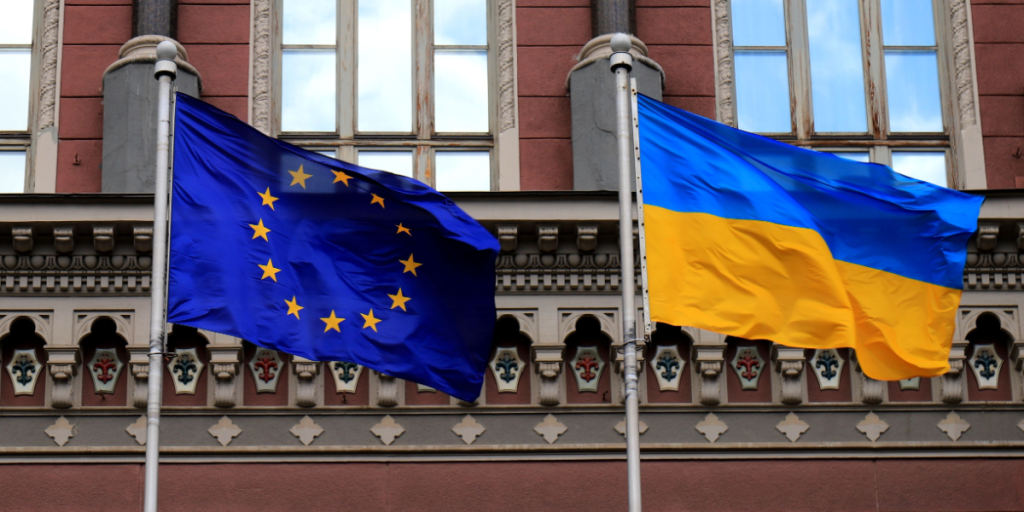Now, the Hungarian veto is the next big obstacle.
Others are reading now
Now, the Hungarian veto is the next big obstacle.
What is happening?

Ukraine wrapped up its bilateral screening process with the European Commission on Sept. 30, marking a key achievement in its journey toward EU membership.
The process is a crucial part of the EU accession roadmap, helping determine how closely Ukraine aligns with the bloc’s legal and policy standards.
What is bilateral screening?

Launched in July 2024, the bilateral screening involved Ukraine and the EU reviewing every policy area within six negotiation clusters.
The goal is to assess how well Ukraine complies with existing EU laws and regulations—an essential step before formal accession talks begin.
Also read
Fast-tracked amid war
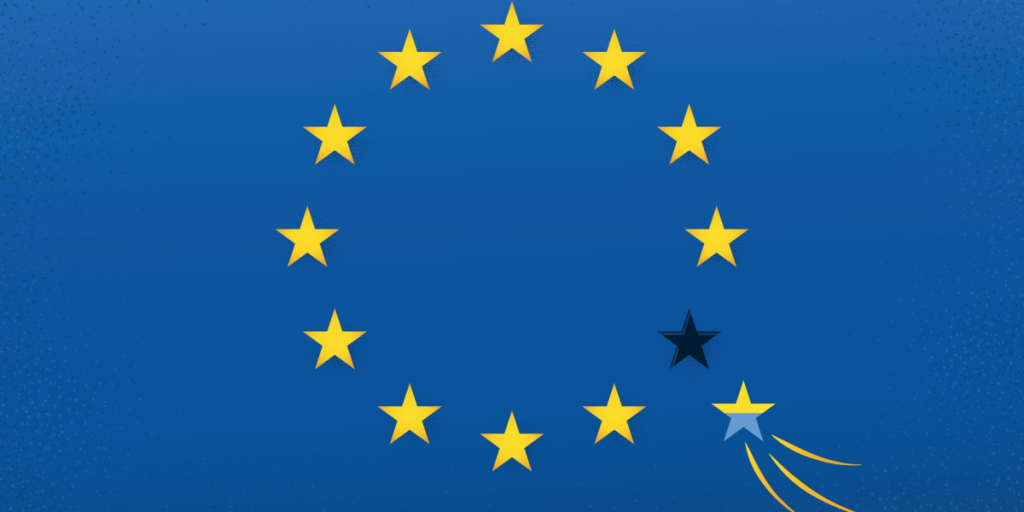
Despite the ongoing Russian invasion, Ukraine completed the screening at what the EU called “record speed.”
EU Enlargement Commissioner Marta Kos praised the effort during a visit to Ukraine, calling it a “remarkable demonstration” of resilience under extreme pressure.
“An important step”

On X (former Twitter) Kos wrote:
“Today marks an important step on Ukraine’s path to the EU.
In the most difficult circumstances, Ukraine has completed the screening process of its entire legislation at record speed, laying the foundations for its European future.
Also read
We now need to maintain momentum for reform.”
Hungary stands in the way
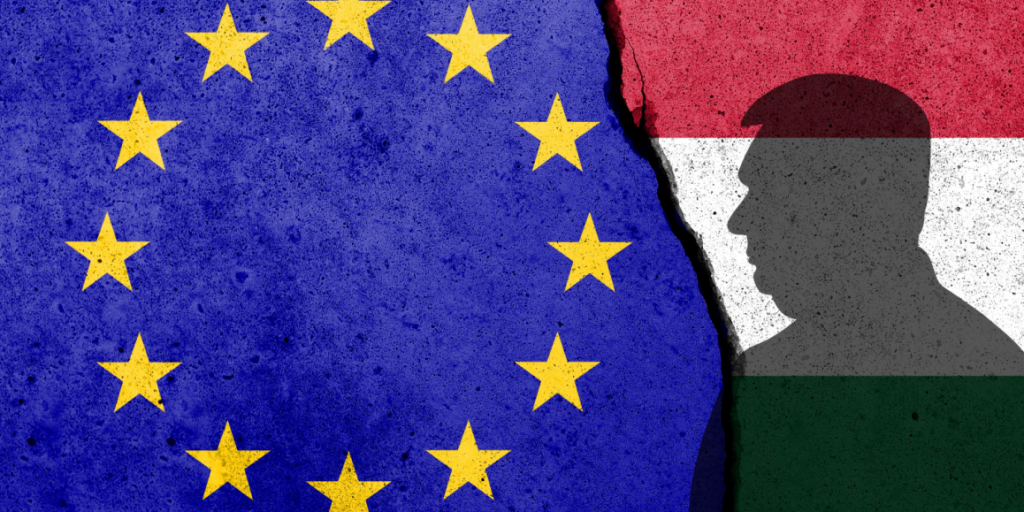
While the screening is complete, the next step—opening the first negotiation cluster—is being blocked by Hungary.
Known for its pro-Kremlin stance, Hungary remains the only EU country preventing progress, citing political and procedural concerns.
Cluster 1: The first and the last
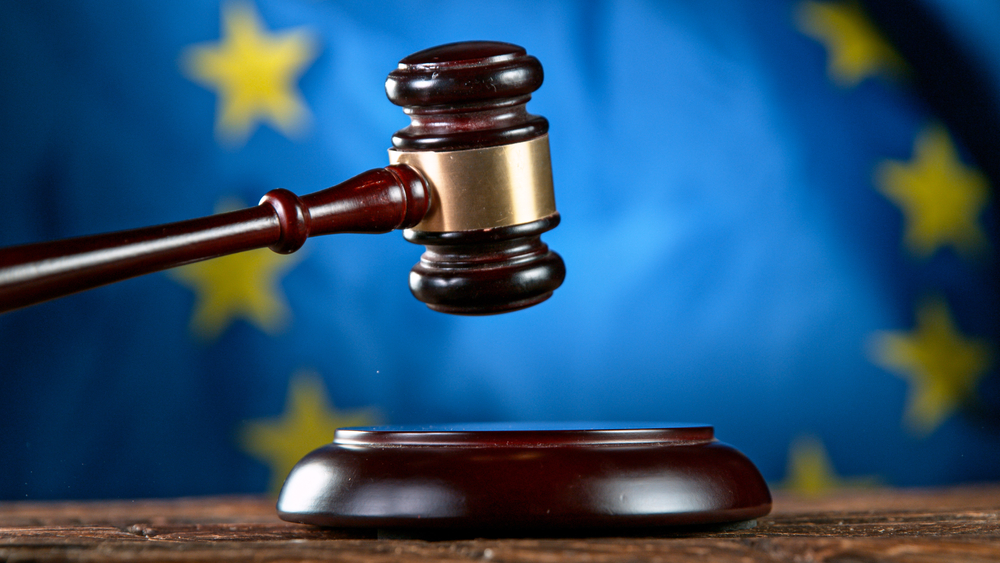
Cluster 1, which focuses on rule of law, democratic institutions, and human rights, is always the first to open and the last to close in EU accession talks.
Its opening signals the real beginning of negotiations, making Hungary’s veto a significant roadblock.
Also read
EU commission urges progress

The European Commission has praised Ukraine’s commitment and is now preparing to present the screening results to member states.
These findings form the basis for deciding when and how to open each of the six clusters for negotiation.
Accession timeline so far
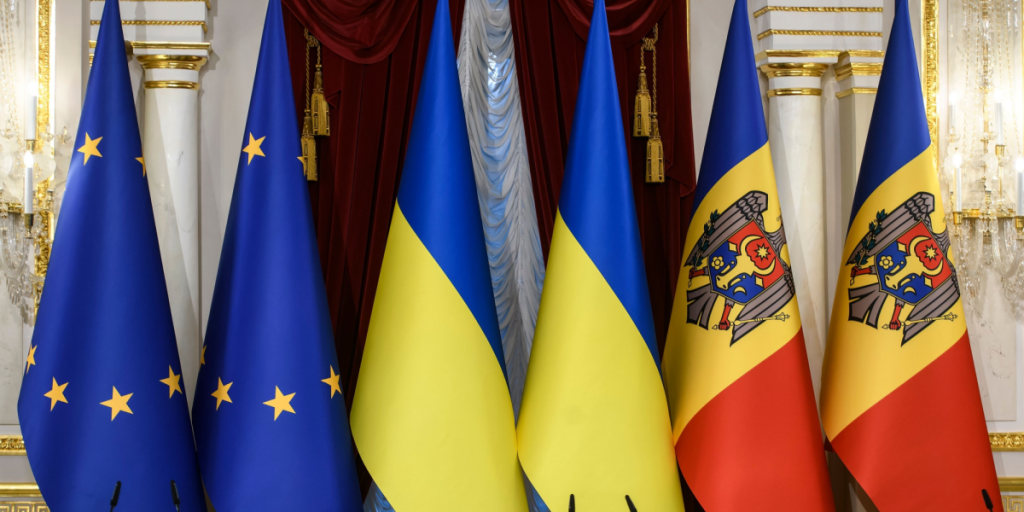
In November 2023, the European Commission recommended launching talks with both Ukraine and Moldova.
The European Council approved that proposal in December 2023. Ukraine formally began the accession process in June 2024.
The six clusters explained

The EU accession process organizes its legal requirements into six thematic clusters.
Also read
These include the rule of law, economic criteria, alignment with EU standards, and other governance issues.
Each candidate country must meet benchmarks within all six areas.
A push to bypass the veto
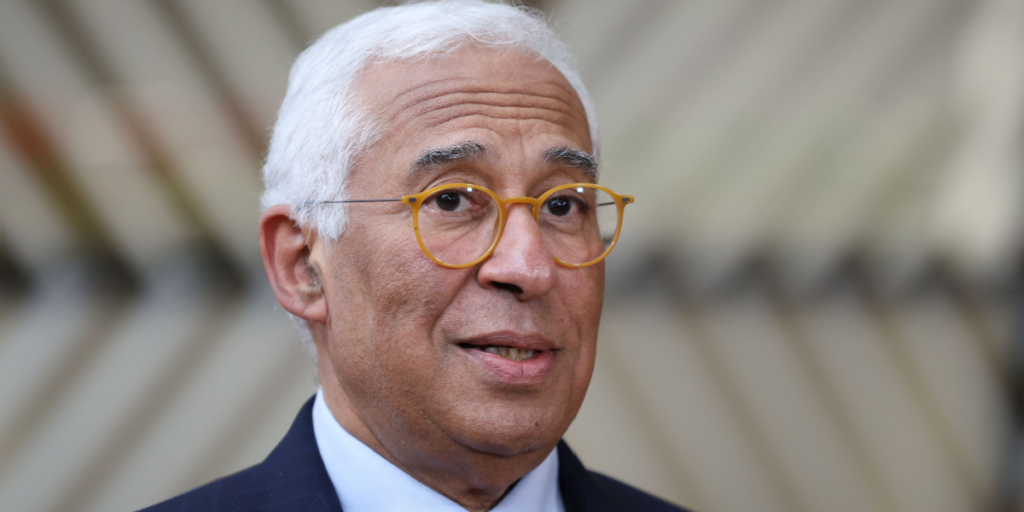
Facing Hungary’s continued obstruction, EU leaders are exploring options on how to circumvent the veto.
European Council President Antonio Costa has reportedly proposed changing the rules to allow a qualified majority vote instead of requiring unanimous consent to open negotiation clusters.
All eyes on Copenhagen
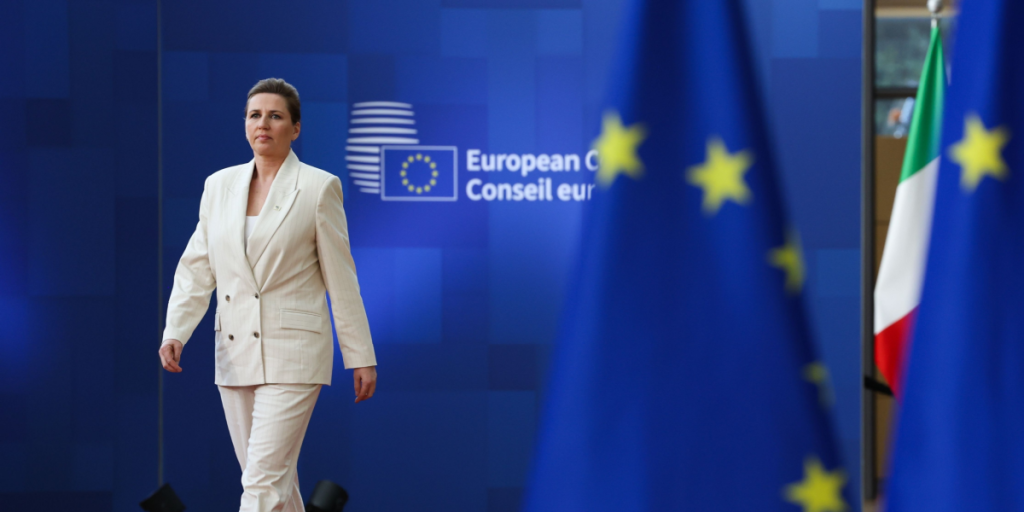
EU leaders are set to meet in Copenhagen on Oct. 1 for an informal summit.
Also read
One of the key items on the agenda: how to move forward with Ukraine’s membership bid—and whether to sidestep Hungary’s veto to kick off formal talks.

